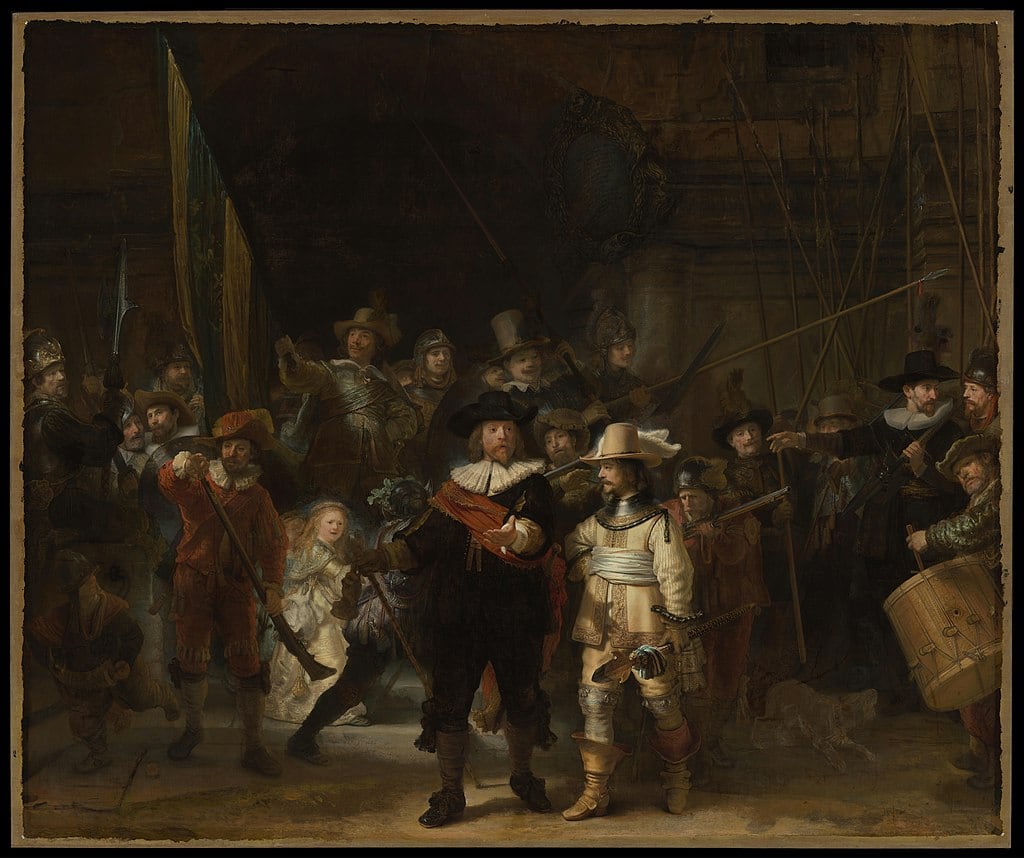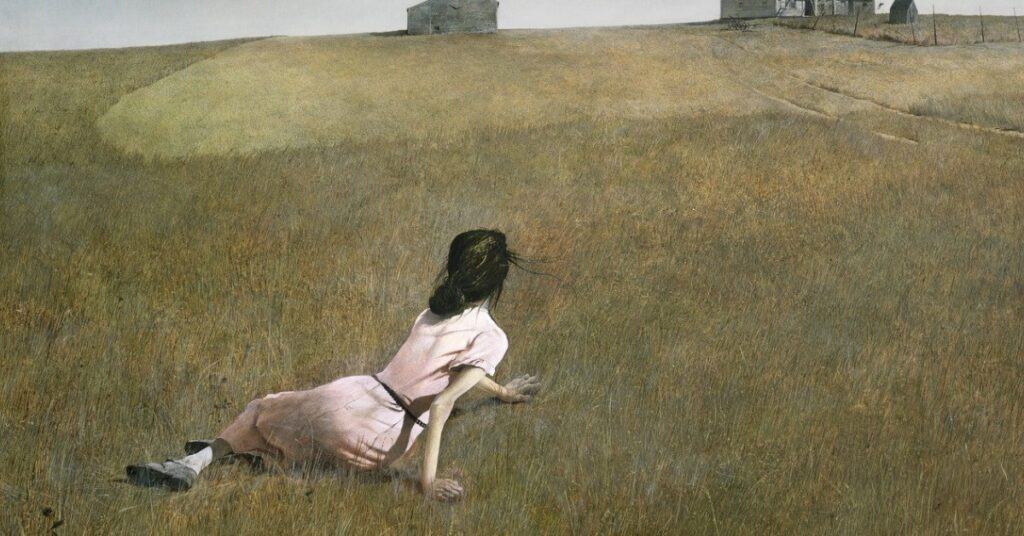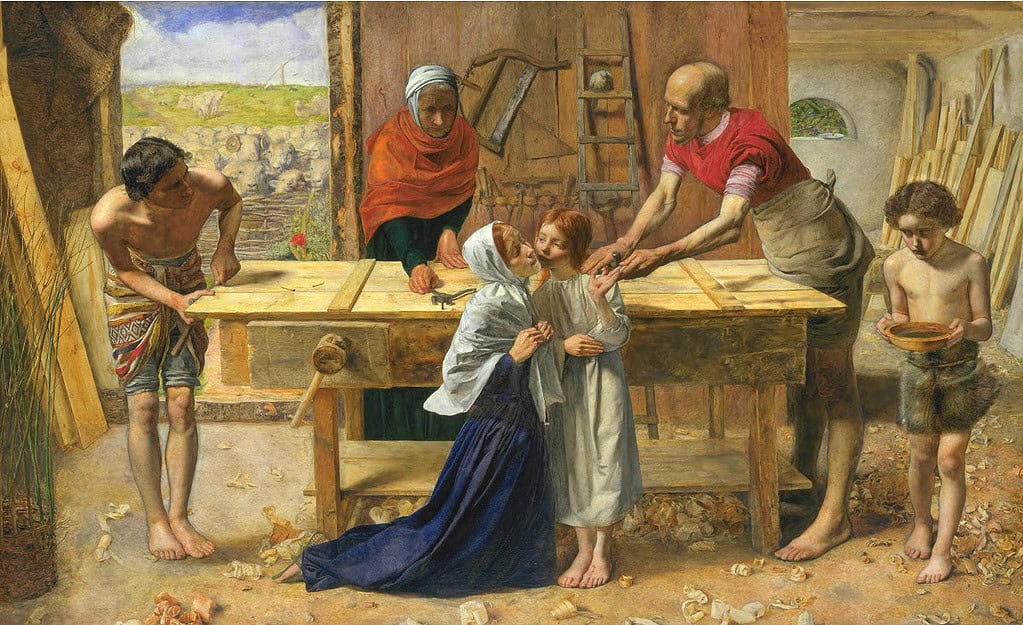Baroque art flourished in Europe from the early 17th to the late 18th century and continues to captivate audiences today for various reasons. Its intricate details, dramatic lighting, and emotional intensity make it a visually stunning form of art that has stood the test of time. In this listicle, we will explore four reasons why Baroque art remains a beloved and influential genre in the art world.
This art is known for its lavish and ornate style, from the grandiose paintings of Peter Paul Rubens to the intricate sculptures of Gian Lorenzo Bernini. Its rich colors, exaggerated motion, and elaborate ornamentation create a sense of drama and theatricality unmatched by other art forms. This attention to detail and emphasis on emotion makes viewers feel a deep connection to the artwork, making it a truly immersive experience.
Why Baroque Art Endures
1. Rich Detail and Drama
Baroque art is known for its intricate details and dramatic compositions that draw viewers in. Artists of this period, such as Caravaggio and Bernini, used light and shadow to create a sense of depth and emotion in their works. The intense emotions and dynamic movement make it visually captivating and memorable.
2. Religious and Mythological Themes
Many artworks were commissioned by the Catholic Church and other wealthy patrons, resulting in a focus on religious and mythological themes. These powerful and emotional subjects resonate with audiences today, regardless of their religious beliefs. The spiritual and allegorical messages add depth and meaning to the works, inviting viewers to contemplate their own beliefs and values.
3. Technical Mastery
These artists were highly skilled in their craft, using techniques such as chiaroscuro and foreshortening to create realistic and dynamic compositions. The level of technical mastery is still admired today, as artists pushed the boundaries of what was possible regarding realism and illusion. The attention to detail and precision continue to impress audiences with their technical sophistication.
4. Emotional Impact
Baroque artwork is known for its strong emotional impact, with artists capturing intense emotions such as ecstasy, grief, and awe. The dramatic lighting, dynamic compositions, and expressive figures evoke a visceral response from viewers, drawing them into the emotional world of the artwork. The emotional power continues to captivate audiences today, as viewers are moved by the intense feelings conveyed in the works.
5. Symbolism and Allegory
This style is filled with symbolism and allegory, with artists using visual cues to convey deeper meanings and messages. From hidden symbols in still-life paintings to allegorical figures in religious artworks, it invites viewers to look beyond the surface and explore the hidden meanings within the works. The layers of symbolism and allegory add complexity and depth to the artworks, engaging viewers in a deeper level of interpretation.
6. Dynamic Compositions
The art is characterized by its dynamic compositions, with artists using diagonals, curves, and dramatic poses to create movement and energy. The dynamic compositions draw viewers in and keep them engaged, as the eye is led around the artwork by the strong lines and shapes. The sense of movement and energy adds excitement and drama to the works, capturing and holding the audience’s attention.
7. Realism and Illusion
These artists were masters of creating realistic and illusionistic effects in their works, using techniques such as perspective and trompe l’oeil to fool the eye. The level of realism and illusion is still impressive today, as viewers are amazed by the lifelike quality of the figures and the convincing spatial effects in the works. Their ability to create believable illusions on a two-dimensional surface continues to captivate audiences with their technical skill and artistry.
8. Psychological Depth
Baroque art often delves into the psychological depths of its subjects, exploring themes of passion, suffering, and introspection. Artists such as Rembrandt and Velazquez were known for their portraits, capturing their subjects’ inner turmoil and emotions with sensitivity and insight. The depth invites viewers to empathize with the figures in the works, connecting on a deep emotional level with the humanity and vulnerability portrayed.
Conclusion
Baroque art continues to captivate audiences today for a variety of reasons. From its dramatic use of light and shadow to its rich symbolism and emotional intensity, this art has a timeless appeal that resonates with viewers of all ages.
In conclusion, its enduring popularity can be attributed to its ability to tell a story, evoke emotion, and create a sense of drama and movement. Its intricate details and symbolism offer endless opportunities for interpretation and appreciation. Whether you’re a seasoned art enthusiast or a casual observer, Baroque art has something for everyone to enjoy and admire.



